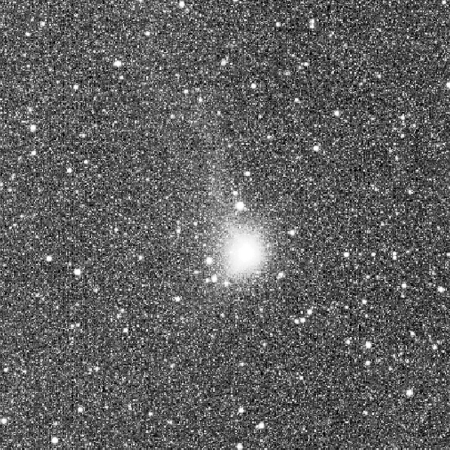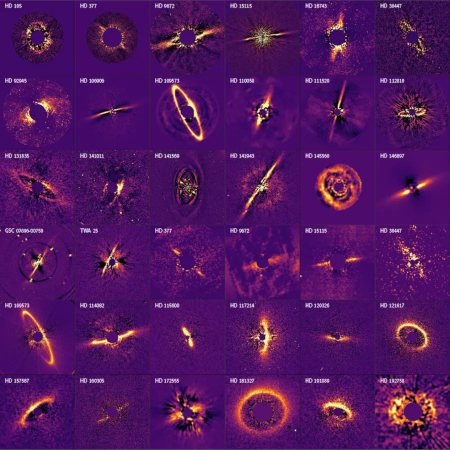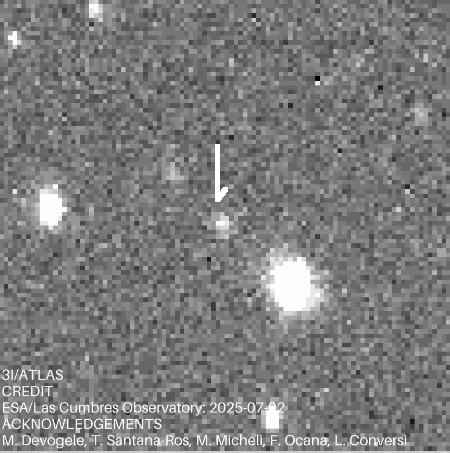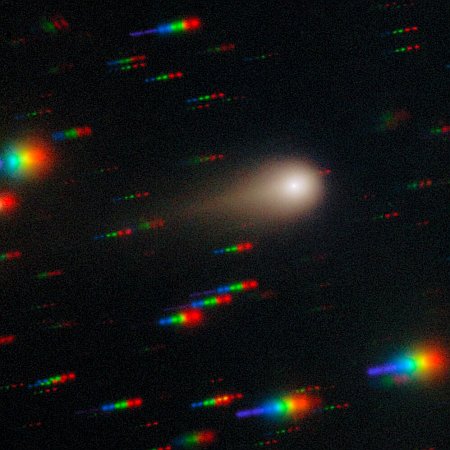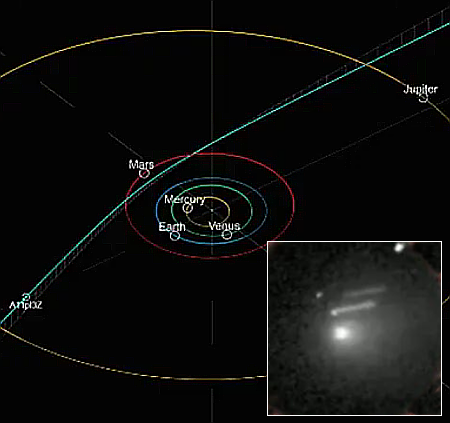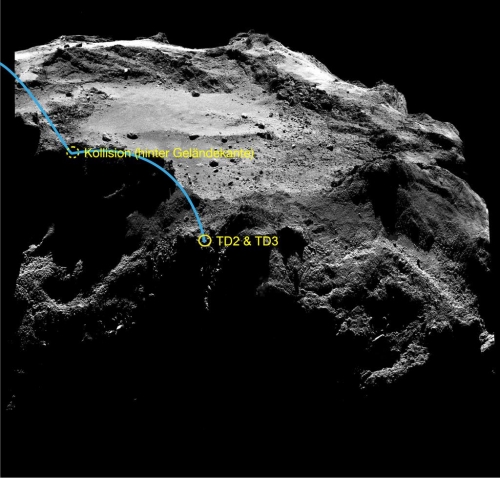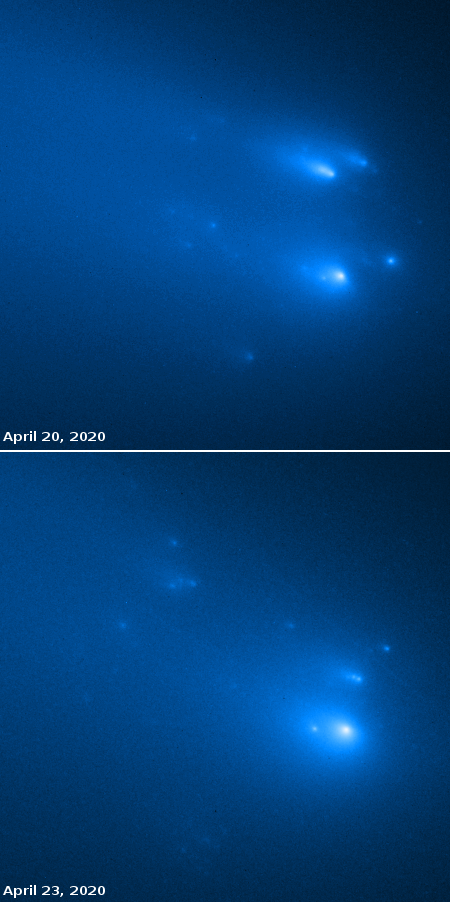New images of interstellar Comet 3I/Atlas
Both NASA and the European Space Agency (ESA) yesterday released new photos of the interstellar comet 3I/Atlas.
First, NASA released the image on the right, taken on November 30, 2025 by the Hubble Space Telescope. At the time the comet was about 178 million miles away. It clearly shows the comet’s coma of material, surrounding a bright nucleus at the center. The streaks are background stars.
Next, the mission team for Europe’s Juice probe, on its way to Jupiter, released one small portion of a picture taken by its navigation camera. That picture is the second to the right.
During November 2025, ESA’s Jupiter Icy Moons Explorer (Juice) used five of its science instruments to observe 3I/ATLAS. The instruments collected information about how the comet is behaving and what it is made of. In addition, Juice snapped the comet with its onboard Navigation Camera (NavCam), designed not as a high-resolution science camera, but to help Juice navigate Jupiter’s icy moons following arrival in 2031.
Though the data from the science instruments won’t arrive on Earth until February 2026, our Juice team couldn’t wait that long. They decided to try downloading just a quarter of a single NavCam image to see what was in store for them. The very clearly visible comet, surrounded by signs of activity, surprised them.
Not only do we clearly see the glowing halo of gas surrounding the comet known as its coma, we also see a hint of two tails. The comet’s ‘plasma tail’ – made up of electrically charged gas, stretches out towards the top of the frame. We may also be able to see a fainter ‘dust tail’ – made up of tiny solid particles – stretching to the lower left of the frame.
The image was taken on 2 November 2025, during Juice’s first slot for observing 3I/ATLAS. It was two days before Juice’s closest approach to the comet, which occurred on 4 November at a distance of about 66 million km.
Because Juice is presently behind the Sun (as seen from Earth), most of the data it collected during its closest approach won’t be downloaded until February. This one partial image is only a fore taste.
Both NASA and the European Space Agency (ESA) yesterday released new photos of the interstellar comet 3I/Atlas.
First, NASA released the image on the right, taken on November 30, 2025 by the Hubble Space Telescope. At the time the comet was about 178 million miles away. It clearly shows the comet’s coma of material, surrounding a bright nucleus at the center. The streaks are background stars.
Next, the mission team for Europe’s Juice probe, on its way to Jupiter, released one small portion of a picture taken by its navigation camera. That picture is the second to the right.
During November 2025, ESA’s Jupiter Icy Moons Explorer (Juice) used five of its science instruments to observe 3I/ATLAS. The instruments collected information about how the comet is behaving and what it is made of. In addition, Juice snapped the comet with its onboard Navigation Camera (NavCam), designed not as a high-resolution science camera, but to help Juice navigate Jupiter’s icy moons following arrival in 2031.
Though the data from the science instruments won’t arrive on Earth until February 2026, our Juice team couldn’t wait that long. They decided to try downloading just a quarter of a single NavCam image to see what was in store for them. The very clearly visible comet, surrounded by signs of activity, surprised them.
Not only do we clearly see the glowing halo of gas surrounding the comet known as its coma, we also see a hint of two tails. The comet’s ‘plasma tail’ – made up of electrically charged gas, stretches out towards the top of the frame. We may also be able to see a fainter ‘dust tail’ – made up of tiny solid particles – stretching to the lower left of the frame.
The image was taken on 2 November 2025, during Juice’s first slot for observing 3I/ATLAS. It was two days before Juice’s closest approach to the comet, which occurred on 4 November at a distance of about 66 million km.
Because Juice is presently behind the Sun (as seen from Earth), most of the data it collected during its closest approach won’t be downloaded until February. This one partial image is only a fore taste.


